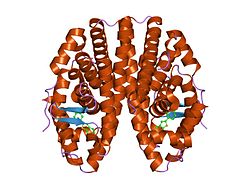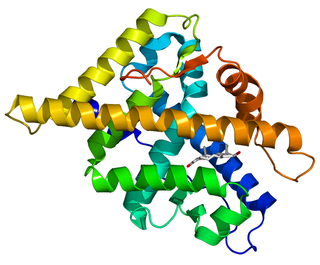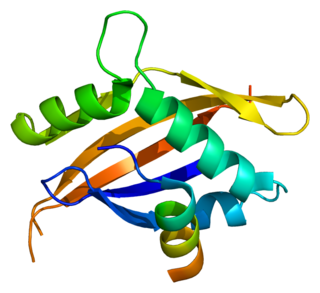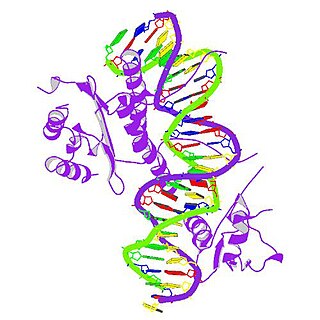1GWQ, 1GWR, 1M2Z, 1MV9, 1MVC, 1MZN, 1P93, 1T63, 1T65, 1UHL, 1YOK, 1ZDT, 1ZDU, 1ZKY, 2AO6, 2B1V, 2B1Z, 2B23, 2FAI, 2G44, 2G5O, 2P15, 2P1T, 2P1U, 2P1V, 2Q7J, 2Q7L, 2ZXZ, 2ZY0, 3A9E, 3DZU, 3DZY, 3E00, 3E7C, 3E94, 3FUG, 3GN8, 3K23, 3KWY, 3KYT, 3L0E, 3L0L, 3O1D, 3O1E, 3OAP, 3OZJ, 3PCU, 3PLZ, 3Q95, 3Q97, 3R5M, 3UP0, 3UP3, 4DOS, 4E2J, 4FHH, 4FHI, 4IA1, 4IA2, 4IA3, 4IA7, 4IQR, 4IU7, 4IUI, 4IV2, 4IV4, 4IVW, 4IVY, 4IW6, 4IW8, 4IWC, 4IWF, 2LDC, 2YJD, 3CLD, 3ERD, 3K22, 4CSJ, 4K4J, 4K6I, 4M8E, 4M8H, 4NIE, 4NQA, 4OC7, 4P6W, 4P6X, 4POH, 4POJ, 4PP3, 4PP5, 4PP6, 4PPP, 4PPS, 4PXM, 4Q0A, 4WG0, 4QE6, 4QE8, 4RFW, 4RMC, 4RMD, 4RME, 4ZN9, 4ZO1, 4RUO, 5APJ, 4UDD, 4PLD, 4PLE, 4UDC, 5APH, 5DMC, 5DKB, 5DMF, 4ZNV, 5DVS, 5DL4, 5E0W, 5E19, 4ZUC, 5DI7, 5I4V, 5E0X, 5E1C, 4ZWK, 5DYD, 5DIG, 5DKG, 5DTV, 5EC9, 5DX3, 5DRM, 5BP6, 5DYB, 5DLR, 5E14, 5DXK, 5DUH, 5DVV, 5DU5, 5DXP, 5DP0, 4ZNS, 5DZ3, 5DXR, 5DXQ, 5DZI, 4ZNT, 4ZNW, 5DID, 5DXM, 5EHJ, 5BQ4, 5DY8, 4ZSH, 5DXB, 5DUG, 5DK9, 5EIT, 5BPR, 5DWJ, 5DWI, 5HYR, 5DKS, 4ZUB, 5EI1, 5DZ0, 4ZNU, 4ZNH, 5E15, 4ZN7, 5DZ1, 5DUE, 4ZWH, 5EGV, 5BNU, 5DIE, 5DKE, 5DWG, 5DZH, 5DRJ, 5DWE |























